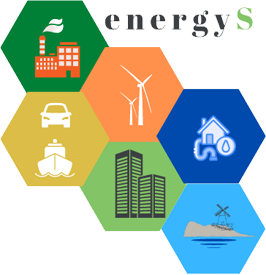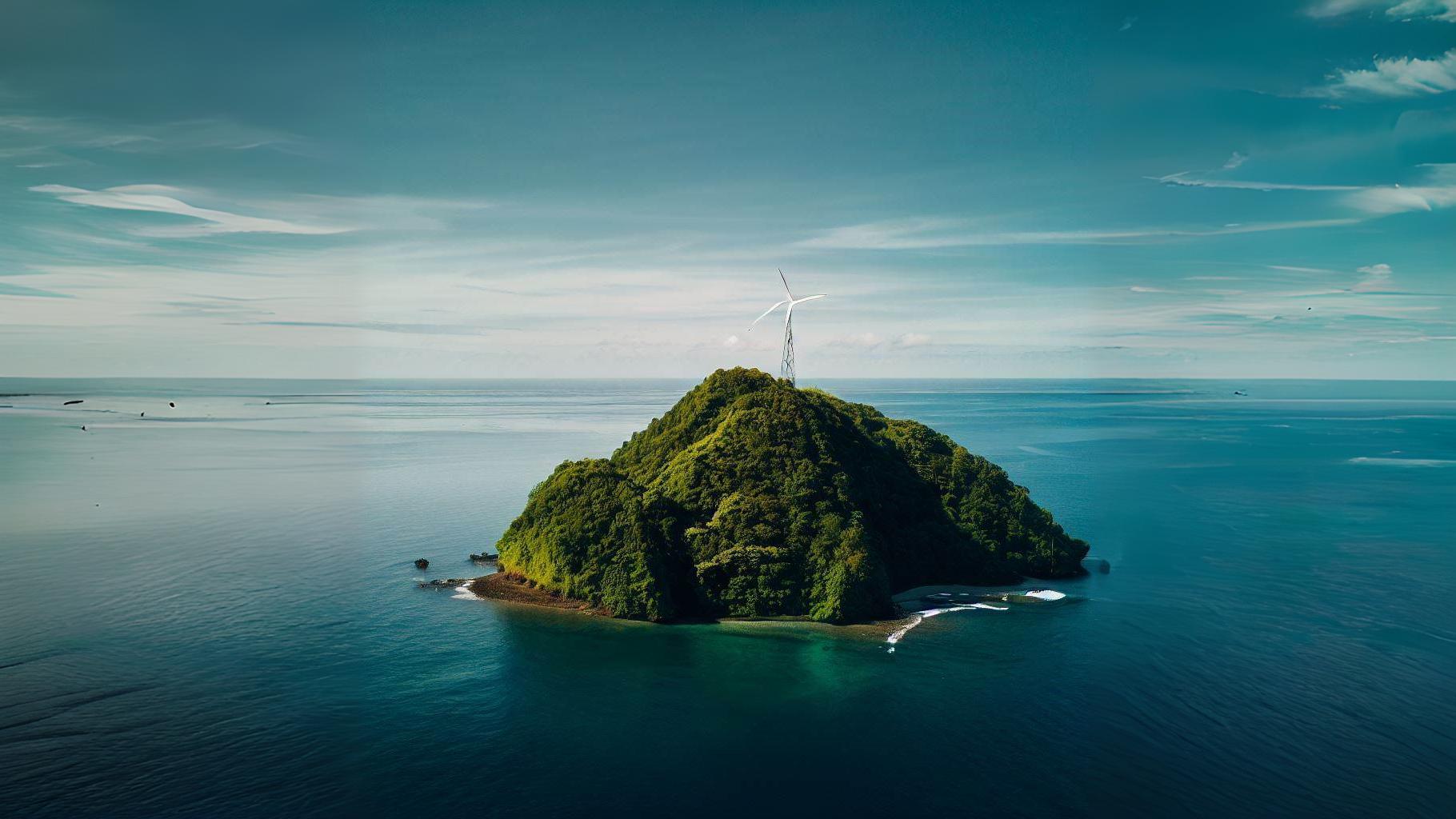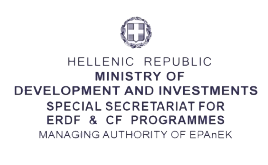Project Structure
Project structure encompasses the systematic arrangement and organization of research components, enabling a clear and logical framework for conducting and presenting a study
01.
Achieving Net Zero Energy by 2050
Global Energy Transformation:
Fulfilling the International Energy Agency's Vision
Charting a Greener Path:
The International Energy Agency's Ambitious Quest for Net Zero Energy by 2050
Guided by the global community’s imperatives, efforts are underway to achieve a zero net carbon footprint by 2050.
Energy conservation holds paramount importance in a society projected to double its economy and expand by 2 billion by 2050.
EnergyS aims to compile Written Reports that describe opportunities for specific industrial projects and broader actions that contribute to energy conservation, which is particularly crucial for the desired energy transition.
02.
Actions for energy conservation due to usage, efficiency, and electrification in Industry/Buildings-Infrastructure/Transportation
Integrated Strategies for Sustainable Transformation:
Energy Conservation Across Key Sectors
Within Greece, there’s a distinct requirement for energy preservation.
This is dictated by the nature of the country’s industrial facilities, building infrastructure in both public and private sectors, and the aging fleet in land and sea transportation.
Simultaneously, due to the geographical location and unique climatic conditions, prevailing in the region, tremendous opportunities arise for the utilization of renewable energy sources (RES) and their integration into the energy market, electrification, and upgrading of building facilities and transportation means.
The strategic guidelines for attaining this goal are centered around energy conservation through behaviour (usage optimization), efficiency improvements, and electrification across the Industrial, Buildings/Infrastructure, and Transportation sectors.
03.
Actions for non-interconnected Islands
Empowering Energy Independence: Strategies for Non-Interconnected Islands
Sustainable Solutions for Isolated Islands:
Initiatives Addressing Energy on Non-Interconnected Islands
In the realm of sustainable energy solutions, the challenges faced by non-interconnected islands are increasingly coming into focus.
These islands, geographically isolated and often reliant on traditional energy sources, require unique strategies to ensure energy security and environmental responsibility.
From microgrids and renewable energy installations to innovative storage systems, efforts are being channeled towards empowering these remote communities.
Initiatives like the ones mentioned in the subtitles above are actively working to bridge the energy gap and usher in a new era of self-reliance, environmental consciousness, and resilience for these isolated island environments.
Non-interconnected islands offer significant potential for conserving vast amounts of energy.
Ready to learn more about ENERGYS project?
Delve into the core components of our project for a comprehensive overview of its key aspects,
progress, and outcomes

Project Structure

Work Units

Deliverables









